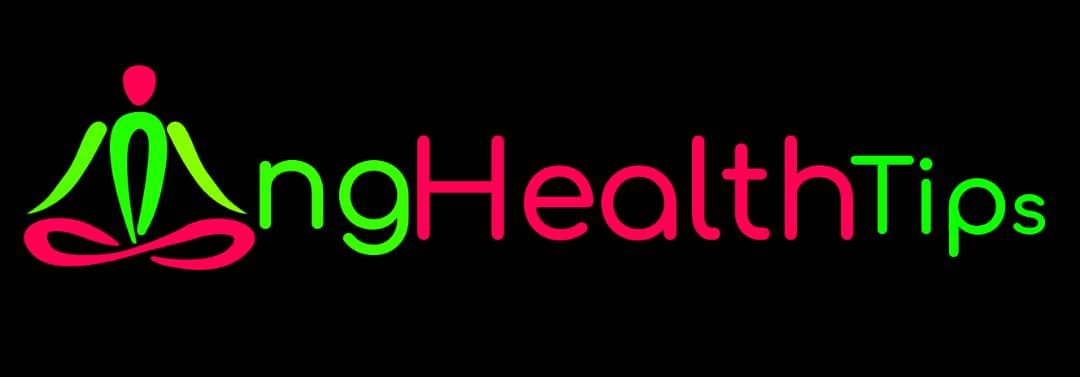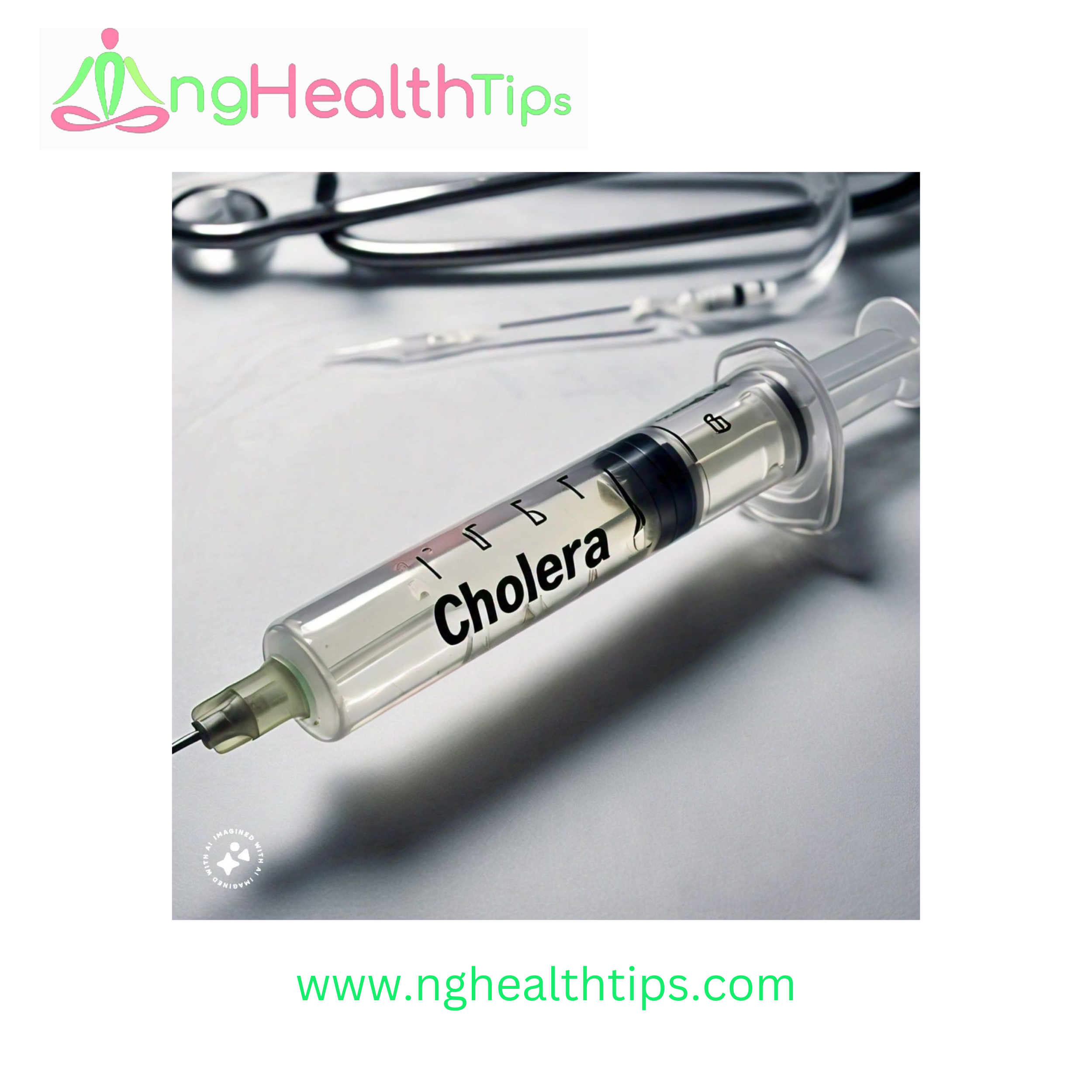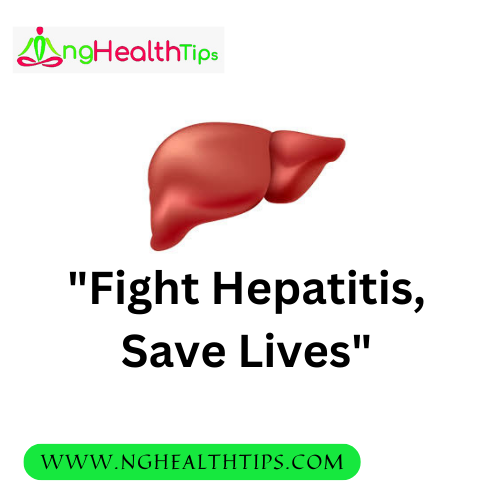YELLOW FEVER OUTBREAK IN NIGERIA; WHAT YOU SHOULD KNOW
The year 1953 was the first recognized epidemic of yellow fever in Jos, Plateau state in Nigeria. Between September and December 1969, an estimated total of 397 patients with yellow fever was hospitalized and 123 deaths are confirmed.
The yellow fever case resurfaced in late 2017. On 14th September 2017, a yellow fever case was confirmed in Kwara state by theNigeria Centre for Disease Control (NCDC) which later informed the World Health Organization about the incidence.
According to the report on the World Health Organization website, the case-patient, a 7-year-old girl who hails from Kwara State came up with yellow fever symptoms. The incident started on 16 August 2017 with symptoms like fever, vomiting and abdominal pain.
The patient had no previous history of yellow fever vaccination and no travel history outside the state in the two years before the onset of the illness. The patient’s blood sample tested positive by Polymerase Chain Reaction (PCR) at the Lagos University Teaching Hospital, and the serology tests confirmed it performed the at the Institute Pasteur de Dakar (IPD), the regional reference laboratory.
From July 2nd and December 19th, 2017, Three hundred and forty-one (341) suspected cases of yellow fever were reported from 16 different states. The states are Anambra, Edo, Kastina, Kogi, Abia, Borno, Enugu, Kano, Kogi, Lagos Kwara, Nasarawa, Kebbi, Plateau, Niger, Oyo, and Zamfara states.
Six states have reportedly confirmed cases of yellow fever (Nasarawa, Kano, Zamfara, Kogi, Kwara, and Kebbi).
The World Health Organization was informed of suspected Yellow fever cases and deaths in Edo State, Nigeria On 22 November 2018, According to reports, between 22nd September and 31st December 2018, a total of 146 suspected, 42 presumptive positive, and 32 confirmed cases, including 26 deaths (likely case fatality rate: 18%), have been reported across 15 of 18 Local Government Areas (LGAs) in Edo State.
The recent resurgence of yellow fever in Nigeria is a source of great concern. Together with monkeypox, cholera and Lassa fever, yellow fever outbreak has claimed the lives of 992 in 2018 alone.
It was revealed by the National Primary Health Care Development Agency (NPHCDA) hat the yellow fever outbreak occurred in states like Edo, Kogi, Anambra, Benue, Zamfara and Nasarawa.This shows that the spread of yellow fever in the Middle Belt region of Nigeria and its adjoining states have been infected.
WHAT IS YELLOW FEVER?
Yellow fever is an infectious disease that originated in Africa. It is now endemic in tropical Africa, Central, and South America. It is an acute viral disease. Yellow fever, a disease caused by theyellow fever virus “Flavivirus.”Flavivirus is from the root word “flavus” which means yellow.
“The yellow” attached to infection is due to jaundice which is seenin affected individuals. The disease is spreadby the bite of an infected female mosquito. The virus majorly affects humans, other primates, and several species of mosquitoes.
In urban areas, it is spread primarily by Aedes aegypti, a type of mosquito.
Forms of yellow fever
There are two forms of yellow fever:
1) Urban form
2) Jungle form
1) Urban form: The Aedes aegypti mosquito transmits the urban form as the agent with humans as the reservoir. Therefore, transmission is from humans to human via mosquito. This form is most common in the cities.
2) Jungle form: A variety of species of mosquito usually transmits this form, and the reservoirs are tree-dwelling monkeys.
It usually spread from monkey to monkey via mosquitos. However, humans can be infected if bitten by a mosquito infected with the virus. This is also known as the wild form.
In both forms, the mosquito is the vectors responsible for yellow fever. Therefore, Large epidemics of yellow fever will occur when infected people introduce the virus into a highly populated region with high mosquito density. This case will worsen if most people resident in the area has little or no immunity, due to lack of vaccination. In these conditions, infected mosquitoes of the Aedes aegypti species transmit the virus from person to person.
Mortality RATE
Yellow fever is an acute infection with a high mortality rate of 40% once it reaches the severe phase.
PHASES OF YELLOW FEVER
A yellow fever infection has three phases which are characterized by their unique symptoms.
1) Early stage.
2) Period of remission
3) Toxic phase (Period of intoxication)
1) Early stage: The first phase is usually non-specific and can’t be distinguished from other viral infections. For most casualties, there might be no symptom in this stage. If there is, it is usually characterized by
a) Headache
b) Loss of appetite
c) Jaundice
d) Vomiting
e) Fever
f) Muscle aches
Most patients recover after 3 or 4 days, though about 15% progress to the second, more serious, phase of the illness.
2) Period of remission: This phase usually lasts for 48 hours. It is characterizedby improvement in symptoms, including a reduction of fever. The majority recover of patients improve. Most individuals recover at this stage, yet up to fifteen percent may move onto the third, most dangerous stage.
3) Toxic phase (Period of intoxication): This stage can be fatal and occurs for 15-25% of infected patients. It is characterized by multi-organ dysfunction such as liver and kidney failure which leads to death. Other symptoms at this stage include;
Bleeding disorders (haemorrhage)
Brain dysfunction including seizures, coma, shock, and death.
Vomiting blood.
This phase of yellow fever involves high fever and liver damage that causes yellow skin.
The mortality rate among severe cases of the disease is estimated at 20 to 50%. According to World Health Organization, up to fifty of people worldwide who reach this severephase of infection die, while half recover.
PREVENTION AND CONTROL
There is no cure for yellow fever. Immunization is the most important method of preventing yellow fever, supplemented with prevention of mosquito bites which can be helpful.
The treatment is symptomatic, and it involves making the patient more comfortable.Therefore, the following recommendations are suggested for the prevention and control of Yellow fever.
1) Public Health Education
2) Geographical surveillance
3) Immunization and vaccination
4) Mosquito Control
Public Health Education: There should be adequate health education and awareness of the public on contemporary global public health issue like Yellow fever. Health educators and health professionals should enlighten the populace on disease prevention and control.
They should also empower the public on ways to control mosquitoes breeding in their immediate environment in a bid to avoid the infestation of mosquitoes.
2) Geographical Surveillance: Since yellow fever is transmitted by mosquito, Surveillance is helpful to detect mosquito species in an area as well as in dense populations. With this data, one can embark on mosquito control before it is too late.
3) Immunization and vaccination: Yellow fever is preventable through our collective, constant and regular efforts by vaccinating both adults and children.
Getting vaccination should not be difficult to access provided primary health care centers, hospitals, cottage, and general hospitals in the country, have regular supplies of the vaccines.
The status-quo should change from those who intend to travel out of the country as yellow fever vaccination is one of the requirements to get a visa.
Having known that Nigeria is susceptible to the virus, there should mass production and availability of the vaccine in the country at a little cost instead of relying solely on foreign donors for vaccines against common but preventable diseases.
4) Mosquito Control: There should be adequate mosquito control nationwide. Eliminating mosquitoes’ larva prior to their becoming adults is an importantelement of controlling mosquito-borne diseases like malaria, Zika virus, Dengue fever, and yellow fever. This is because it stops mosquitoes before they acquire any pathogen to transmit to people. Insecticidesshould be used to kill their adults.
Also, adequate provision of mosquito net for areas most vulnerable to mosquitos should be ensured.
World Health Organization (WHO) advises on Yellow Fever
The World Health Organization (WHO), the apex body of health recommends yellow fever vaccination for all international travelers starting from nine months old babies upward going to Nigeria, as there is evidence of persistent or periodic yellow fever virus transmission.
Nigeria as well requires a yellow fever vaccination certificate for travelers arriving from other countries that have the high-risk prevalence of yellow fever spread that is above one year old.











